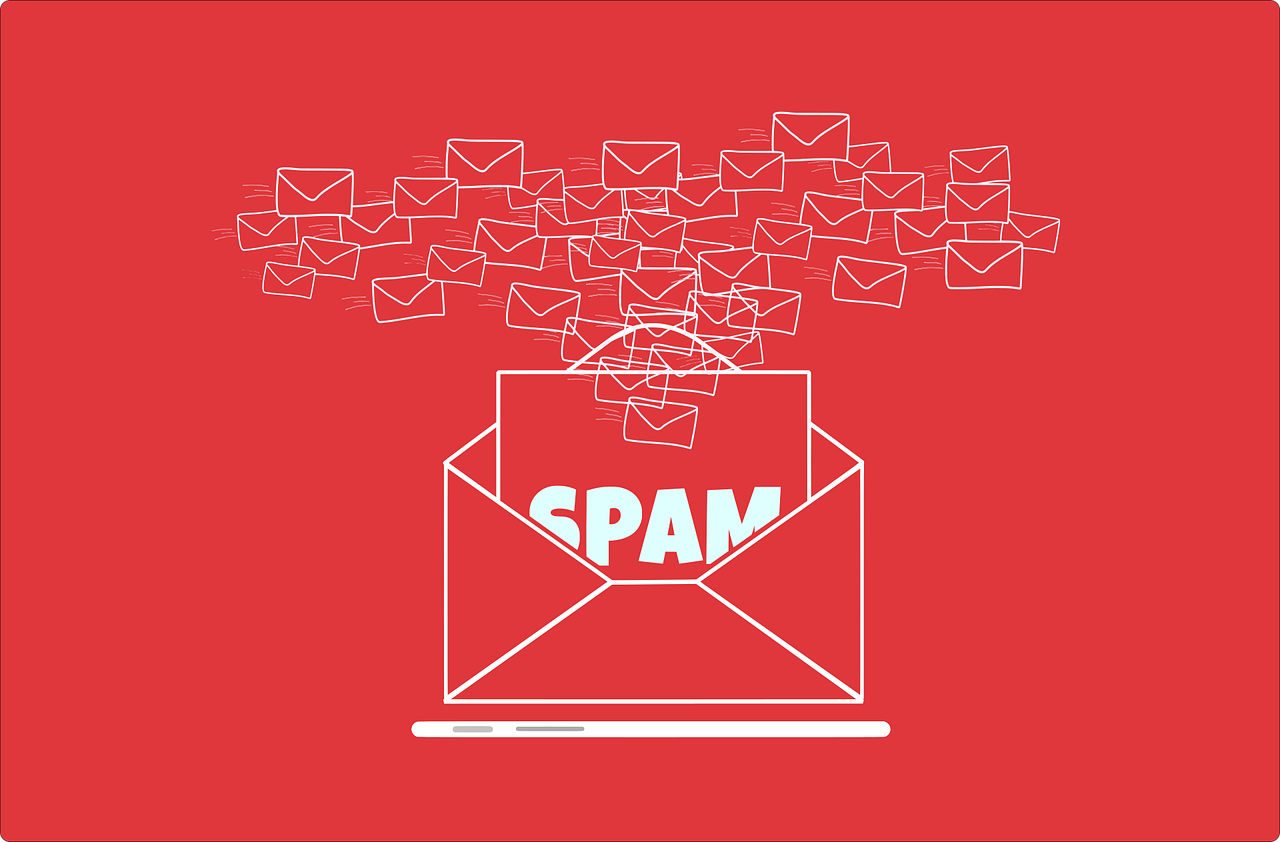The US Cybersecurity and Infrastructure Security Agency (CISA) has provided valuable recommendations for reducing spam and enhancing email security. In this comprehensive guide, we'll explore CISA's expert advice and offer practical strategies for minimizing the impact of spam on your email account. By following these recommendations, you can regain control over your inbox and enjoy a safer, more streamlined email experience.
Understanding Spam: What You Need to Know
Before diving into strategies for combating spam, it's essential to understand what spam is and how it affects your email account. Spam, also known as junk mail, refers to unsolicited and often unwanted emails that clutter your inbox. These messages can range from advertisements to phishing attempts and can pose security risks to unsuspecting recipients.
Effective Strategies for Reducing Spam
Guard Your Email Address: Exercise caution when sharing your email address online, whether it's on websites, social media platforms, or printed materials. Spammers often harvest email addresses from public sources, so think twice before providing your email address in any context.
Check Privacy Policies: Before submitting your email address online, review the website's privacy policy to understand how your information will be used and whether it will be shared with third parties. Avoid websites that do not have clear privacy policies or have questionable data-sharing practices.
Be Mindful of Default Options: When signing up for online accounts or services, be aware of default options that may subscribe you to additional email lists. Take the time to review and adjust your email preferences to avoid receiving unwanted promotional emails.
Leverage Email Filters and Spam Tagging: Take advantage of email filtering capabilities offered by your email provider or client. Set up filters to block specific email addresses or domains, and consider enabling spam tagging to flag suspicious messages for review before they reach your inbox.
Report Spam Messages: Most email clients offer the option to report messages as spam or junk. Use this feature to help train your email provider's spam filter and prevent similar messages from reaching your inbox in the future.
Exercise Caution with Links and Attachments: Avoid clicking on links or downloading attachments from unknown or suspicious senders. These could be phishing attempts or malware-laden files designed to compromise your security.
Disable Automatic Downloading of Graphics: Prevent spammers from tracking your email activity by disabling the automatic downloading of graphics in HTML emails. Viewing messages in plain text mode can also mitigate the risk of inadvertently loading external content.
Consider Using a Secondary Email Account: If you frequently submit your email address online or engage in activities that may attract spam, consider using a secondary email account. This can help protect your primary email address from unwanted messages and provide a buffer against spam influx.
Review Social Networking Privacy Settings: Adjust your privacy settings on social networking sites to control who can access your email address. Limit the visibility of your email account to trusted individuals and be cautious when granting permissions to third-party applications.
Conclusion
While spam emails may be an inevitable part of having an email account, there are proactive steps you can take to minimize their impact and reclaim control over your inbox. By implementing these strategies, you can reduce the influx of unwanted messages and enjoy a clutter-free email experience. Stay vigilant, exercise caution when sharing your email address, and leverage the tools and features provided by your email provider to stay one step ahead of spam.
Source: CISA (Cybersecurity and Infrastructure Security Agency), "Reducing Spam" Released July 29, 2009. Revised November 20, 2019.


